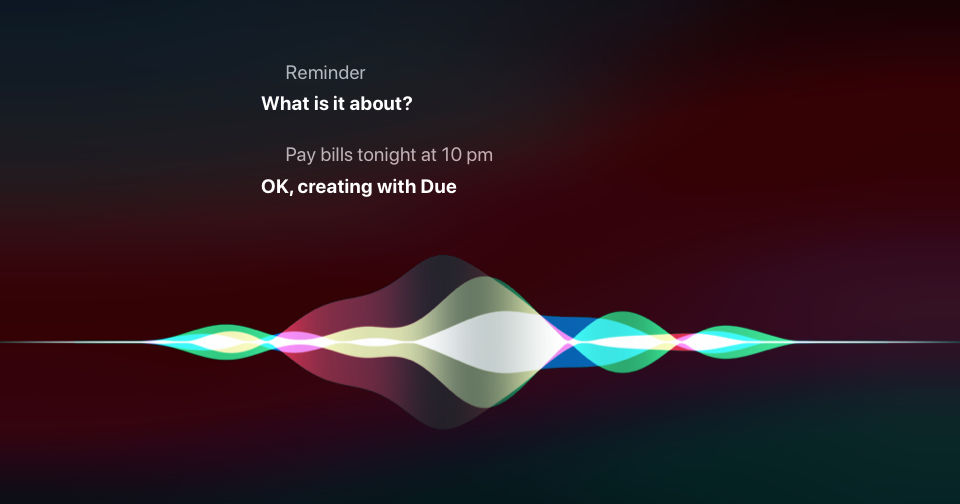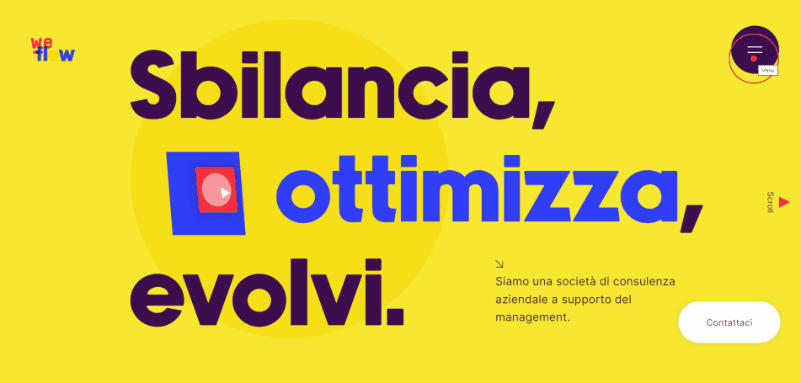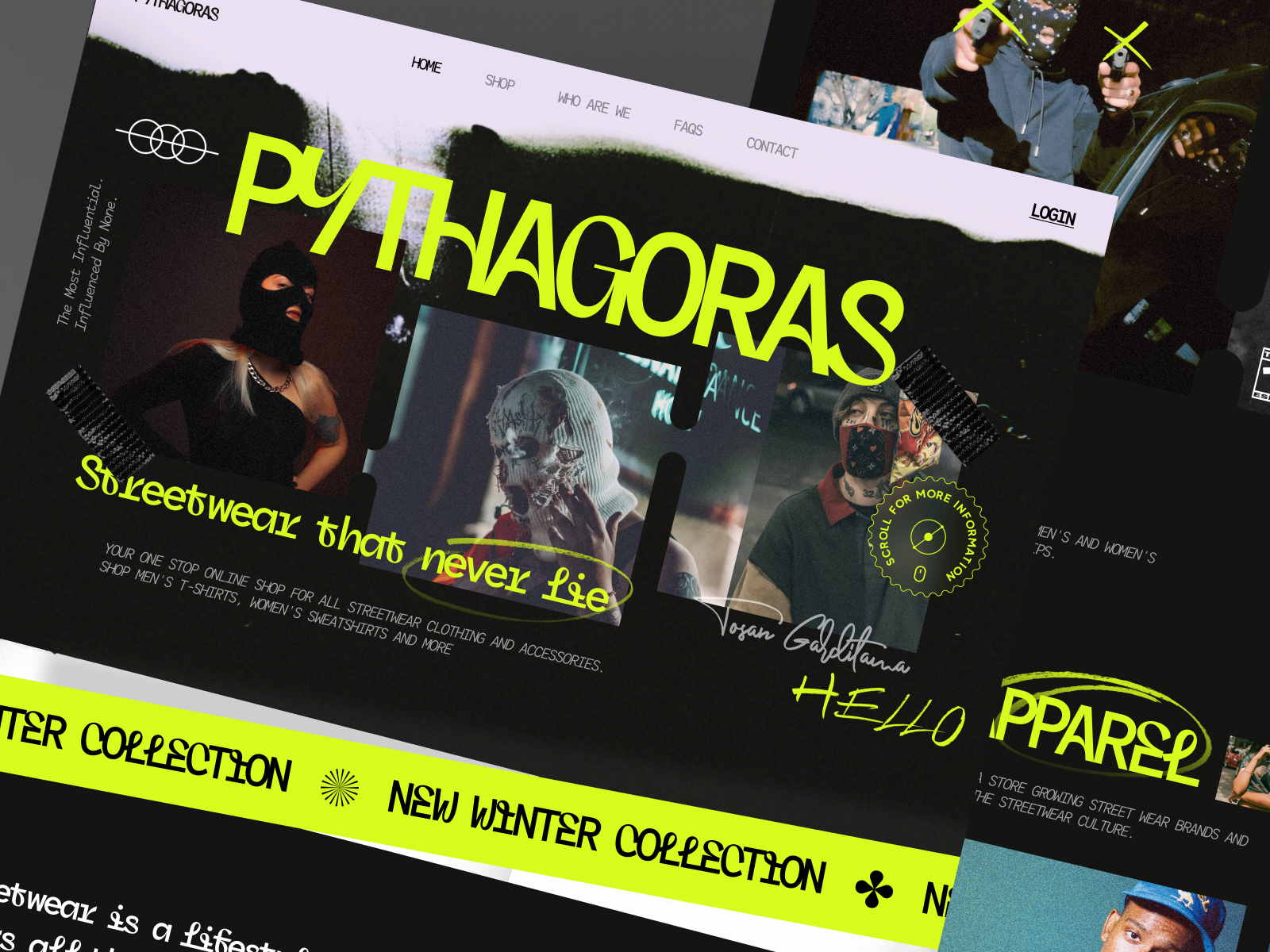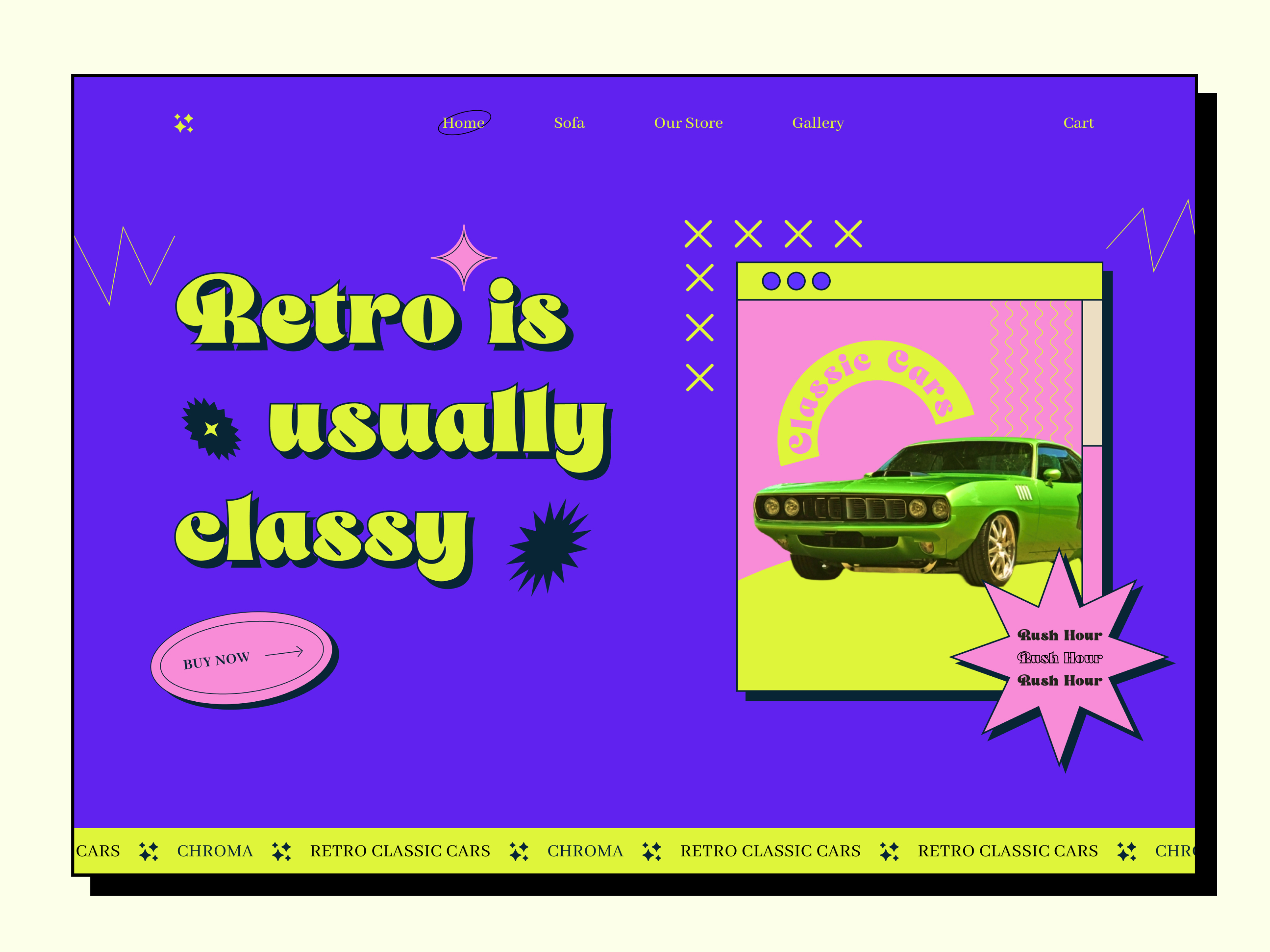
Introduction
What if your digital experience could predict your needs and make buying easier?
In 2025, that’s exactly what’s happening with the latest UI/UX design trends. From AI that personalizes your journey to immersive AR/VR, these innovations are changing how we interact online and boosting sales.
In this blog, we’ll explore the top UI/UX trends of 2025 that are not only improving user experience but also driving business growth.
Let’s take a look at how these top 15 trends are shaping the future of digital interactions.
Top 15 UI/UX Design Trends in 2025
With 88% of users less likely to return to a website with a bad experience, it’s evident that design plays a crucial role in user retention. As digital experiences continue to evolve, staying ahead of the latest UI/UX trends is essential.
Let’s dive into the top 15 UI/UX design trends for 2025 that are reshaping user engagement.
#1. Proactive UX (PX) Design
Proactive UX (PX) takes digital experiences to the next level by anticipating user needs through AI and machine learning. Unlike traditional reactive interfaces, PX design focuses on creating intuitive and preemptive solutions that adapt to user behavior.
Why Proactive UX matter?
- Anticipating Needs: Proactive UX leverages predictive models to understand user preferences, saving time and effort.
- Increased Efficiency: Adaptive systems reduce user workload by streamlining tasks and processes.
- Personalization at Scale: Tailored experiences cater to individual preferences while maintaining simplicity.
For example, Amazon’s “Recommended for You” feature demonstrates proactive UX by analyzing shopping behavior to suggest relevant products. Similarly, a travel app could recommend local attractions based on user preferences, enhancing convenience and engagement.

#2. AI-Driven Interfaces
AI-driven interfaces are reshaping lives by transforming how we interact with technology. These systems are no longer static tools but dynamic, intelligent companions that adapt to our needs, making digital experiences seamless and personalized.
How AI is Changing Lives:
- Smart Decisions: AI processes vast data in real-time for timely, informed choices.
- Personalized Interactions: Adapts to user behavior, tailoring meaningful experiences.
- Improved Accessibility: Features like voice recognition foster a more inclusive digital space.
AI transforms daily life with tools like Siri and Alexa, streamlining tasks through voice commands. By 2025, AI is set to enable emotion recognition, enhancing interactions. For instance, a health app could detect stress through tone analysis and recommend relaxation techniques.

#3. Ambient Personalization
Ambient personalization seamlessly integrates technology into everyday environments. It ensures spaces and devices adapt intuitively to user needs without manual input.
Why Ambient Personalization Matters?
- Effortless Adjustments: Settings like lighting and temperature adapt automatically to user preferences.
- Enhanced Comfort: Personalizable environments improve user satisfaction and engagement.
- Invisible Technology: Operates quietly in the background, minimizing disruptions.
Smart home devices like Nest learn user habits to optimise temperature settings. In 2025, this technology will extend to public spaces, such as personalized lighting and music in offices or retail environments, creating an immersive user experience wherever they go.

#4. Silent Authentication
Silent authentication simplifies digital security by eliminating the need for cumbersome passwords. Using biometrics and behavioral analytics, it offers seamless and secure access.
Why Silent Authentication Matters?
- Enhanced Security: Advanced methods protect against fraud and hacking.
- Seamless Access: Eliminates repetitive steps, saving time.
- Invisible Functionality: Works in the background, ensuring uninterrupted user experiences.
Real-World Example Apple’s Face ID is a leading example of silent authentication. By 2025, such technologies will expand to areas like public transport, enabling users to board trains or buses through facial recognition without physical tickets or cards.

#5. Voice-Activated Interactions
Voice-activated interactions offer hands-free control and are increasingly accurate and intuitive. This trend improves accessibility and convenience across industries.
Why Voice-Activated Interactions Matter?
- Hands-Free Convenience: Enables multitasking and improves efficiency.
- Accessibility: Opens technology to users with disabilities or those unfamiliar with traditional interfaces.
- Natural Interactions: Mimics human communication, making technology intuitive.
For instance, users can give voice commands to Netflix or Amazon to search for a series or product, like saying, “Find crime thrillers on Netflix” or “Search for headphones on Amazon.” Similarly, users can book trips by instructing, “Plan a trip to Paris for next weekend.” Agent AI systems will further enhance these interactions by handling complex, multi-step tasks with precision.
#6. Micro-Animations
Micro-animations enhance user interfaces by providing subtle, engaging feedback. They guide users, improve clarity, and add personality to designs.
Why Micro-Animations Matter?
- Improved Clarity: Help users understand navigation and key actions.
- Engaging Feedback: Make interactions feel responsive and dynamic.
- Personality in Design: Infuse character and charm into user interfaces.
Button hover effects, such as ripples or color shifts, exemplify micro-animations. By 2025, these animations will evolve to respond dynamically to user behavior, creating adaptive, context-sensitive designs.

#7. Gamification
Gamification incorporates game-like elements into non-gaming contexts to enhance engagement and motivation. It turns mundane tasks into enjoyable, rewarding experiences.
Why Gamification Matters
- Boosts Engagement: Keeps users motivated and interested.
- Encourages Learning: Simplifies complex tasks with interactive elements.
- Fosters Competition: Rewards and leaderboards inspire participation.
Duolingo uses streaks and achievements to encourage consistent language practice. By 2025, gamification will expand into areas like employee training and fitness, with apps offering immersive challenges to drive user commitment.

#8. Dynamic Cursors
Dynamic cursors elevate user interaction by responding to movements and actions, making interfaces more interactive and engaging.
Why Dynamic Cursors Matter
- Customized Interactions: Enhance usability by adapting to actions.
- Visual Feedback: Provide engaging responses to user input.
- Brand Personality: Add a unique touch to digital experiences.
Websites that feature cursors changing shape or displaying contextual information when hovering over elements illustrate this trend. By 2025, dynamic cursors will integrate with AR/VR interfaces, offering immersive interactions.

#9. Experimental Typography
Experimental typography transforms text into a powerful visual element. Designers push boundaries with unconventional fonts and layouts to create impactful designs.
Why Experimental Typography Matters?
- Striking Visual Appeal: Bold, creative fonts capture attention.
- Brand Differentiation: Unique typography sets brands apart.
- Expressive Communication: Conveys emotions and personality effectively.
Web designs with oversized or interactive fonts showcase experimental typography. By 2025, designers will leverage responsive and variable fonts to create dynamic, user-adaptive experiences.

#10. Anti-Design
Anti-design challenges traditional aesthetics with bold, chaotic visuals. It prioritizes self-expression over conventional usability.
Why Anti-Design Matters
- Breaks Conventions: Offers fresh, unconventional experiences.
- Captures Attention: Bold designs stand out in oversaturated markets.
- Encourages Creativity: Inspires innovative approaches to design.
Websites featuring clashing colors and distorted layouts exemplify anti-design. By 2025, it will gain traction in experimental projects and niche markets, offering unique, authentic experiences.

#11. Retro Vibes
Retro vibes combine nostalgia with modern design elements. This trend balances vintage aesthetics with contemporary functionality.
Why ‘Retro Vibes’ Matters?
- Elicits Nostalgia: Creates emotional connections through familiar visuals.
- Adds Personality: Distinctive designs enhance brand identity.
- Balances Old and New: Merges timeless aesthetics with innovative techniques.
Spotify’s retro-themed playlists blend nostalgic visuals with modern functionality. By 2025, retro vibes will influence branding, packaging, and digital interfaces, bridging past and future.

#12. Metal Performance Shaders
Metal performance shaders revolutionize rendering technology, enabling stunning visuals without sacrificing performance. Initially confined to gaming, their use now spans multiple industries, including education, e-commerce, healthcare, and real estate.
Why Metal Performance Shaders Matter?
- Enhanced Visuals: Deliver lifelike textures and effects.
- Improved Performance: Ensure smooth interactions on all devices.
- Supports Immersive Design: Power AR/VR environments with high-quality graphics.
Interactive 3D websites and video games utilize metal performance shaders for hyper-realistic visuals. By 2025, they will redefine industries like education and e-commerce, offering visually rich, interactive experiences.

#13. Zero UI
Zero UI eliminates traditional screens and buttons, focusing on natural interactions like voice and gestures. It integrates seamlessly into daily life, enhancing functionality.
Why Zero UI Matters?
- Simplified Interactions: Reduces complexity with intuitive controls.
- Focus on Experience: Minimizes screen dependency for a human-centric design.
- Greater Accessibility: Offers alternative interaction methods for diverse users.
Google Nest leverages zero UI to manage home systems through voice and ambient signals. By 2025, this trend will expand into wearables and vehicles, creating seamless, invisible interactions.

#14. Immersive AR & VR Experiences
AR and VR merge the digital and physical worlds, offering deeply engaging, interactive experiences. Advancements in hardware and software are broadening their applications.
Why Immersive AR & VR Matter
- Enhanced Engagement: Captures attention with fully interactive environments.
- Expands Possibilities: Revolutionizes industries from education to healthcare.
- Blurs Reality: Creates unforgettable, immersive experiences.
IKEA Place uses AR to visualize furniture in real spaces, while Oculus VR platforms deliver lifelike virtual worlds. By 2025, these technologies will integrate more naturally into everyday life, transforming social interactions and professional environments.

#15. Sustainable Design
Sustainable design focuses on reducing environmental impact while maintaining functionality and aesthetics. It encompasses eco-friendly practices, energy efficiency, and minimalism.
Why Sustainable Design Matters?
- Reduces Environmental Impact: Minimizes waste and optimizes energy use.
- Promotes Longevity: Creates durable, future-proof designs.
- Appeals to Conscious Consumers: Aligns with growing demand for sustainability.
Eco-optimized websites and modular device designs reflect sustainable principles. By 2025, this trend will permeate all aspects of UI/UX, fostering a balance between technology and environmental responsibility.

How can MeisterIT Systems help you?
MeisterIT Systems helps businesses stay ahead by creating websites with the latest UI/UX design trends for 2025. Our team delivers user-friendly, visually appealing, and modern designs that improve digital experiences. Leveraging advanced tools like AI, voice interfaces, and immersive technologies, we ensure your platform is both functional and future-ready. Whether upgrading your current platform or starting from scratch, our UI UX design services help you achieve your business goals with ease and style.
Conclusion
UI/UX design in 2025 is set to bring exciting advancements, with technologies like AI and AR/VR making user experiences smoother and more engaging. As businesses embrace these trends, focusing on user needs will remain essential to success.
Want to improve your digital presence with cutting-edge UI/UX design? Hire a dedicated team at MeisterIT Systems for expert UI/UX design solutions. Let’s build the future of seamless user experiences together!






















